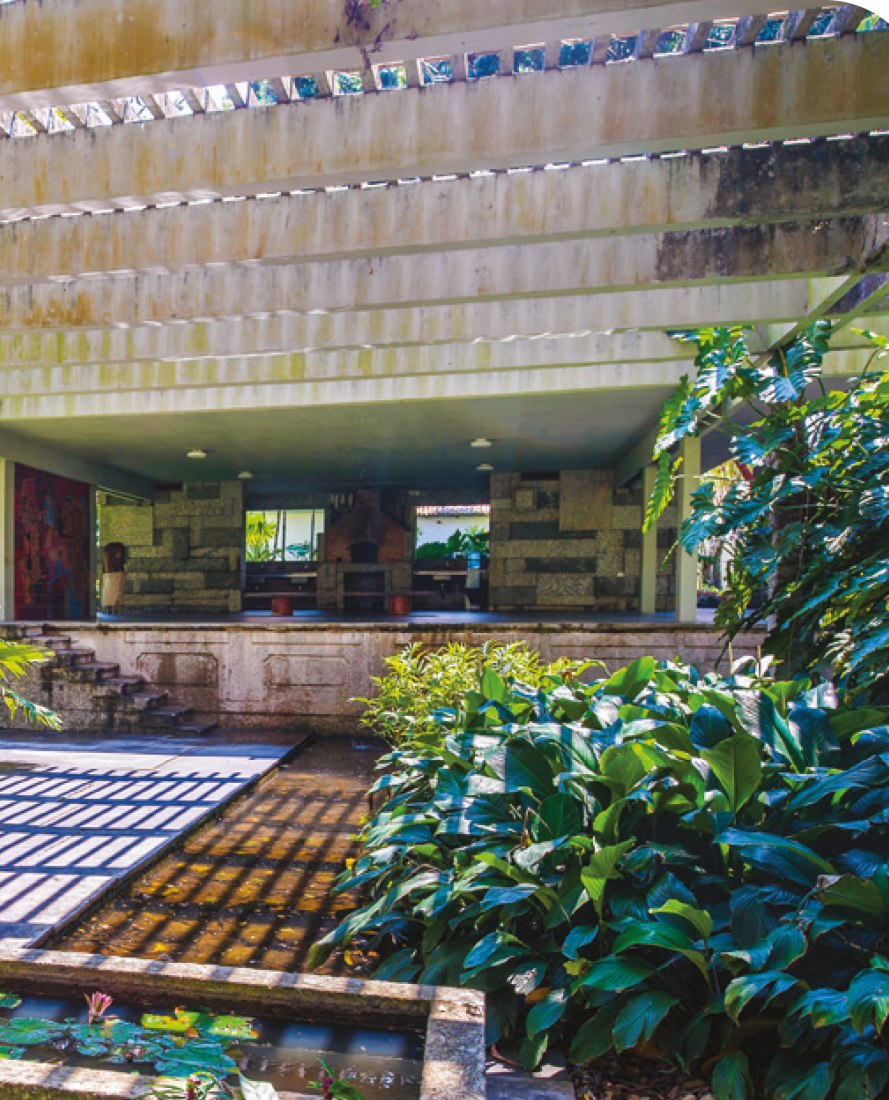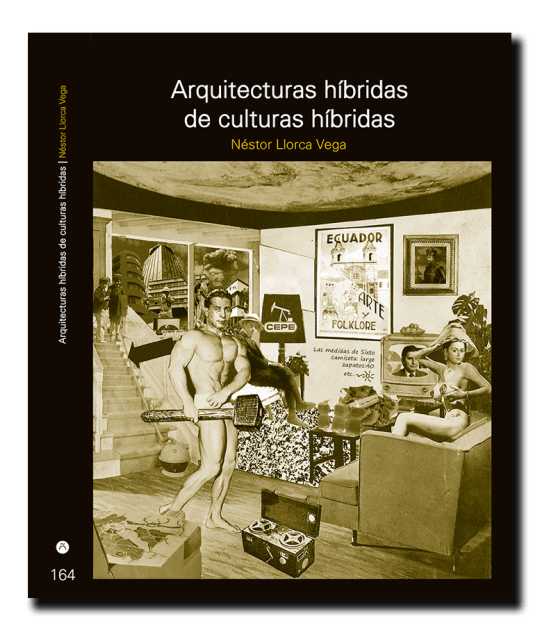The institute Sítio Roberto Burle Marx is located in the city of Rio de Janeiro, Brazil, and was owned by Roberto Burle Marx from 1949 until his death in 1994. The artist transformed his house into a laboratory with buildings, nurseries, and impressive gardens. Until today the property has a vast botanical collection, works of its authorship and by other artists, as well as a collection of ceramics, paintings, tapestries, and furniture.
The book allows the reader to tour each room of the Sítio Roberto Burle Marx and see the wide diversity of the institution's art collection. A chronology of the main landscape projects by Roberto Burle Marx completes the publication, which highlights the greatness of the heritage that the Site preserves and its importance as a place of memory, a unique repository of the multiple dimensions of life and landscape work.
At the moment the property Sítio Roberto Burle Marx is on the list of cultural heritage organizations of the state of Rio de Janeiro (1988), the Union (2000), and a candidate for Historic Heritage of Humanity by the United Nations Educational Organization, Science and Culture (UNESCO).
The publication is available in a free digital version and in a printed version by requesting it by email: visits.srbm@iphan.gov.br.
The book allows the reader to tour each room of the Sítio Roberto Burle Marx and see the wide diversity of the institution's art collection. A chronology of the main landscape projects by Roberto Burle Marx completes the publication, which highlights the greatness of the heritage that the Site preserves and its importance as a place of memory, a unique repository of the multiple dimensions of life and landscape work.
At the moment the property Sítio Roberto Burle Marx is on the list of cultural heritage organizations of the state of Rio de Janeiro (1988), the Union (2000), and a candidate for Historic Heritage of Humanity by the United Nations Educational Organization, Science and Culture (UNESCO).
The publication is available in a free digital version and in a printed version by requesting it by email: visits.srbm@iphan.gov.br.








































